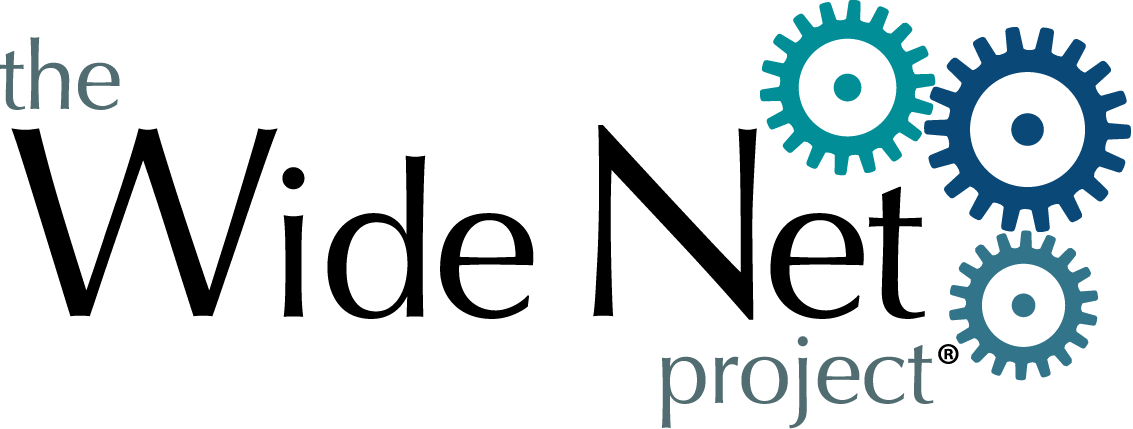WNP advances conservation
through a three-pronged strategy:
Reducing the blue catfish population now,
engaging the public and industry,
and collaborating with the scientific community.
““In a recent assessment of the tidal James and Rappahannock Rivers, blue catfish represented up to 75% of total fish biomass.”
”
Reducing the blue catfish population now
The Bay is home to more than 2,700 species of plants and animals. Its fragile ecosystem is threatened by the non-native blue catfish, which reproduce quickly, have no natural predators in the watershed, and also have a voracious appetite for native fish species. Blue crab, rockfish, menhaden, river herring, and American shad all are mainstays of the blue catfish diet; by purchasing the invasive — and delicious — blue catfish, you can help protect these iconic species. This is how:
Restaurants, hospitals, caterers, universities, and other wholesale purchasers procure fish through WNP’s partner distributor. A portion of proceeds from those purchases directly contributes to WNP’s mission of more conservation, hunger relief, and utilizing the Bay as an economic engine.
For every pound of fish sold through our partnerships, an additional portion of fish is donated to hunger-relief organizations; this, in turn, removes even more fish from the Bay. This full-circle approach allows other fish and plant species to regenerate, restoring the biodiversity and balance of the Bay.
Engaging the public and industry
What happens in the Bay does not stay in the Bay. In fact, it affects many millions of people every day. The Bay and its tributary rivers have more shoreline than the entire U.S. west coast — 11,684 miles. Its watershed includes parts of six states (Delaware, Maryland, New York, Pennsylvania, Virginia and West Virginia), plus the District of Columbia.
The Wide Net Project builds coalitions and activism across the typically distinct environmental and hunger-relief movements, engaging more people in the issues and creating better impact for both. To do this, we:
conduct outreach to chefs, procurement managers, and restaurateurs,
connect purchasers of the fish with the hunger-relief organizations they are supporting,
partner with environmental organizations on education initiatives,
participate in seafood industry events to boost the profile of the Chesapeake Bay blue catfish,
serve as an information source for the general public about hunger in the mid-Atlantic region and about invasive species in the Chesapeake Bay,
and demo the cooked blue catfish at stores, farmers markets, and other outlets where it is sold.
Collaborating with the scientific community
WNP works closely with academics, scientists at other non-profit organizations, and experts within government regarding how to best address this invasive specie. Two recent highlights:
We were contracted by the Maryland Department of Natural Resources to manage an assessment of the sustainability of the Chesapeake Bay's blue catfish fishery. This scientific assessment is being conducted by the Monterey Bay Aquarium’s Seafood Watch program, which aims to help people make seafood choices that best support the environment.
WNP’s leadership is part of the advisory team for the development of the National Aquarium’s new Seafood Smart initiative, which will feature, in part, a robust standard for guiding the purchase of seafood that is responsibly sourced.



